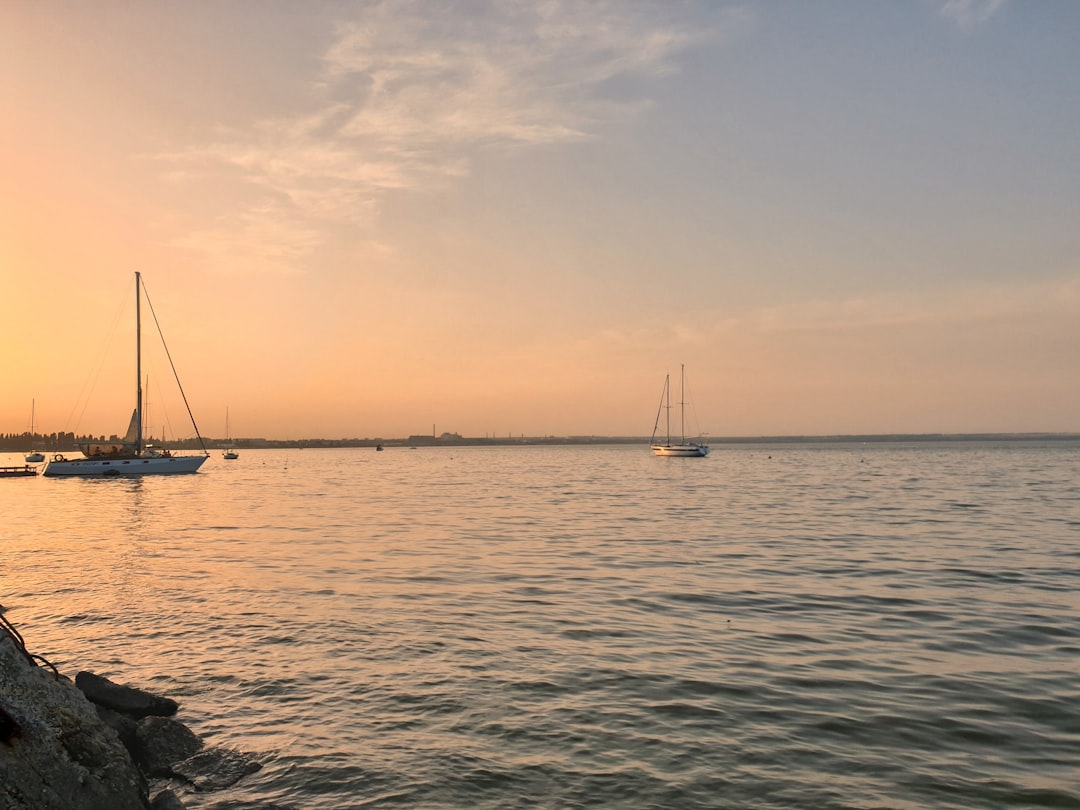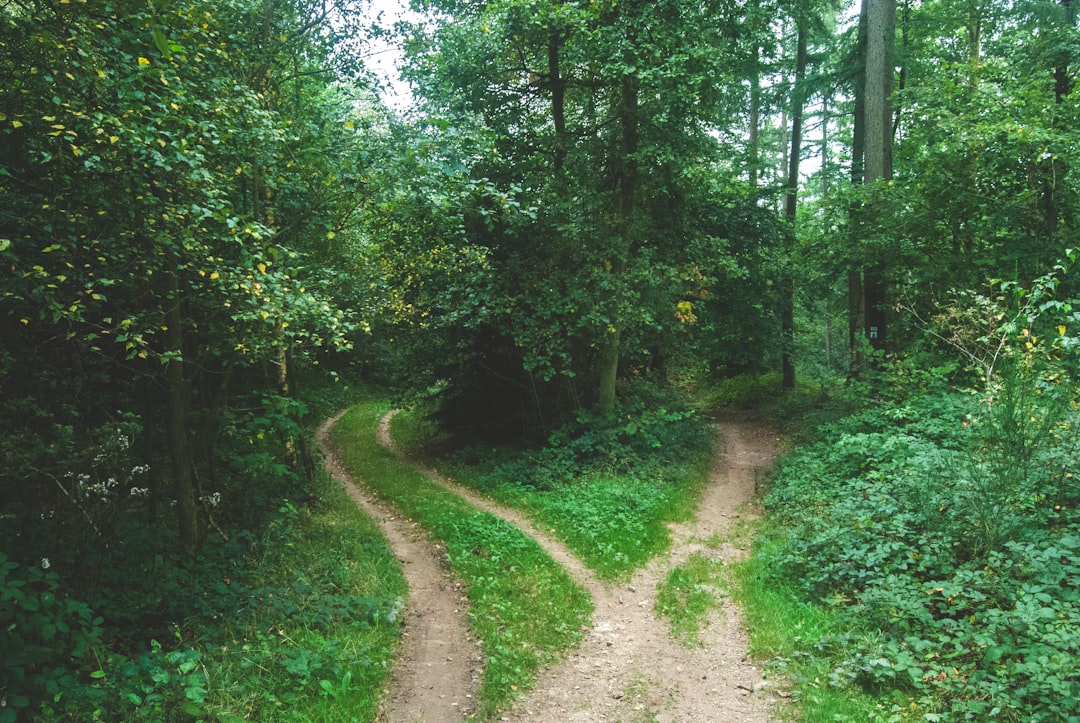What is it about?
Two main scholarly trends dominate the study of the relations between the Northeastern frontier zone(s) of the Achaemenid Empire and the steppes: the assessment of the military strategies to control the Saka and the development of artistic currents within and beyond the Empire through diplomatic relations and gift-giving. This paper makes the case for a more complex and dynamic scenario, in which the Central Asian borderlands transpire to have been a fertile ground for experimentation and innovation (not only of strife and rebellion), while local actors are given back their agency. In doing so, it first of all focuses on the extraction and working of precious stones. Secondly, recent research on Achaemenid archival materials shall be discussed which suggest the importance of trade in these and similar items for both imperial agents and local elites. Thirdly, and finally, the paper considers material evidence originating from the Empire but found beyond its Northeastern territories as far as China.
Featured Image

Photo by Mohsen Tebi on Unsplash
Why is it important?
Provides new insights on the social and economic history of Achaemenid Central Asia
Read the Original
This page is a summary of: “The Turquoise Was Brought From Chorasmia” Mining, Empire, and the People of the Steppes across the Achaemenid Northeastern Borderlands, Journal of the Economic and Social History of the Orient, June 2023, Brill,
DOI: 10.1163/15685209-12341606.
You can read the full text:
Contributors
The following have contributed to this page










